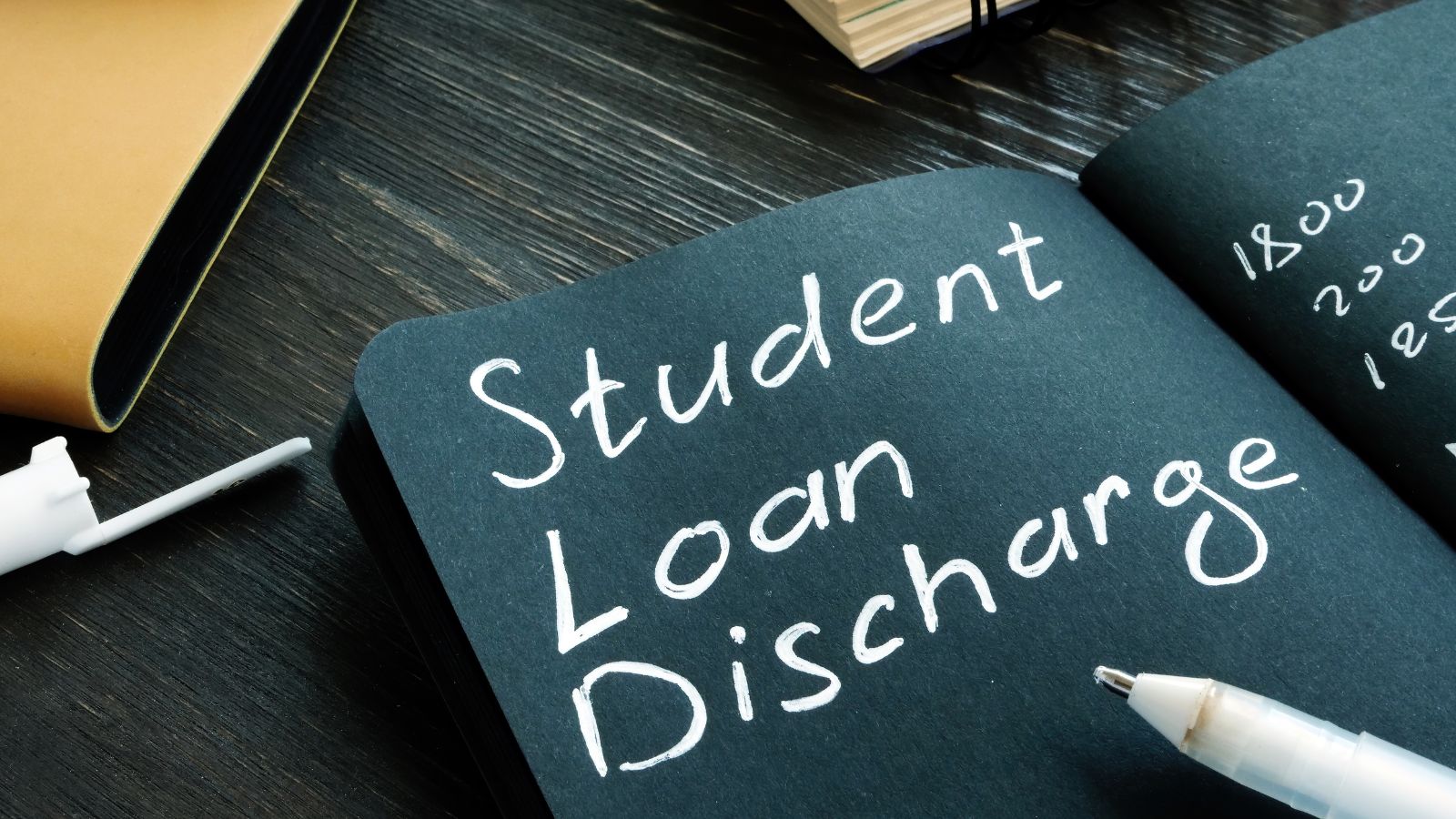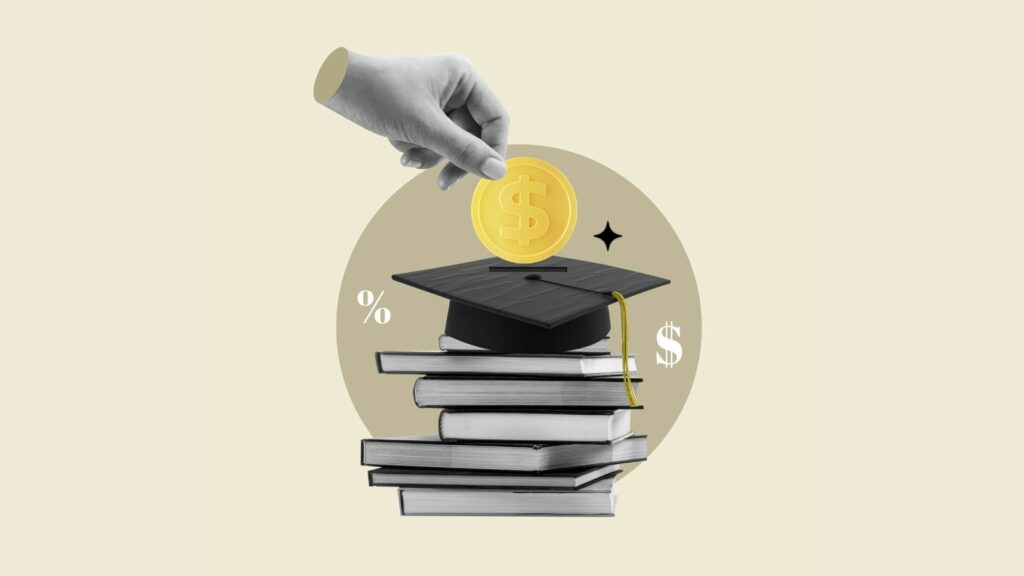Student debt has become a pressing issue for millions of individuals, affecting their financial stability and overall quality of life. The reasons behind this escalating crisis are multifaceted and complex. Here, we delve into 19 critical factors contributing to the unmanageable nature of student debt.
Rising Tuition Costs

Over the past few decades, college tuition fees have increased dramatically, far outpacing the inflation rate. This cost surge has made higher education less accessible without taking on significant debt. As a result, many students and their families are burdened with financial strain, making it challenging to manage and repay loans and exacerbating the overall debt problem.
Increased Enrollment

With more students pursuing higher education, the total amount of student debt has naturally risen. This trend reflects the growing importance of obtaining a college degree in today’s job market. However, with more students taking out loans to finance their education, the total debt burden has heightened, making it ever more difficult for many to manage and repay their loans.
Stagnant Wages

Stagnant wages have exacerbated the student debt crisis. Despite the rising education costs, many graduates face salaries that have not kept pace with inflation. This wage stagnation makes it challenging for individuals to repay their student loans promptly. As a result, the financial burden of debt persists, hindering graduates’ ability to achieve economic stability and contributing to the overall unmanageability of student debt.
High Interest Rates

Many student loans come with high interest rates, which can significantly increase the total repayment amount over time. This financial burden can be overwhelming, especially for graduates with stagnant wages or underemployment. The high cost of borrowing exacerbates the difficulty of managing and repaying student debt, making it a critical factor in the overall unmanageability of student loans.
Economic Downturns

Economic downturns significantly impact the student debt crisis. During recessions, job markets become unstable, making it difficult for graduates to secure well-paying positions. This lack of employment opportunities hinders their ability to manage and repay student loans. Additionally, economic instability can lead to reduced wages and increased financial stress, further complicating the repayment process and exacerbating the overall burden of student debt.
Lack of Financial Literacy

Many students lack the financial literacy needed to fully understand the long-term implications of taking on debt. This lack of knowledge can lead to poor financial decisions and increased debt. Without proper financial education, borrowers may struggle to manage their debt effectively, exacerbating the overall burden and making repayment more challenging.
For-Profit Colleges

For-profit colleges have played a significant role in the student debt crisis. These institutions often promise high job placement rates and lucrative careers but sometimes fail to deliver. Many students are left with substantial debt and limited job prospects. Misleading marketing practices and high tuition fees at for-profit colleges exacerbate the financial burden on students, contributing to the overall unmanageability of student debt.
Loan Servicing Issues

Loan servicing issues significantly contribute to the student debt crisis. Problems such as mismanagement, poor communication, and errors by loan servicers can lead to increased debt and financial stress for borrowers. These issues can result in missed payments, incorrect balances, and limited access to repayment options. Consequently, borrowers may struggle to manage their loans effectively, exacerbating the overall burden and making repayment more challenging.
Policy Changes

Frequent policy changes in student loan programs contribute to the debt crisis. These changes can create confusion and instability for borrowers, making it difficult to navigate the repayment process. Inconsistent policies may lead to unexpected shifts in repayment terms, eligibility for forgiveness programs, and interest rates. This uncertainty can hinder borrowers’ ability to plan and manage their debt effectively, exacerbating the overall burden of student loans.
Cost of Living

Rising costs of living significantly impact the student debt crisis. Expenses such as housing, healthcare, and everyday necessities have increased, making it harder for graduates to allocate funds toward loan repayment. This financial strain exacerbates the burden of student debt as individuals struggle to balance living costs with their repayment obligations. Consequently, managing and repaying student loans becomes more challenging, contributing to the overall unmanageability of student debt.
Underemployment

Underemployment significantly contributes to the student debt crisis. Many graduates find themselves in jobs that do not require a degree, earning less than anticipated. This mismatch between education and employment limits their ability to repay student loans effectively. The financial strain of underemployment with high debt levels makes it challenging for individuals to achieve financial stability, exacerbating the overall burden of student debt.
Default Rates

High default rates on student loans significantly contribute to the debt crisis. When borrowers default, they face additional fees, penalties, and a negative impact on their credit scores. This can lead to further financial difficulties, making it even harder to repay the debt. The cycle of default and increased debt exacerbates the overall burden, highlighting the need for better support and repayment options to help borrowers manage their loans effectively.
Mental Health Impact

The mental health impact of student debt is profound. The stress and anxiety associated with carrying significant debt can negatively affect mental well-being, leading to issues such as depression and decreased productivity. This mental strain can further hinder graduates’ ability to manage and repay their loans effectively, creating a vicious cycle of financial and emotional distress. Addressing mental health is crucial in tackling the broader student debt crisis.
Limited Repayment Options

Limited repayment options significantly contribute to the student debt crisis. Many borrowers have few choices that fit their financial situation, making it difficult to manage their debt effectively. Standard repayment plans may not accommodate varying income levels or financial hardships, leading to increased stress and potential default. Expanding and improving repayment options is essential to help borrowers navigate their debt and achieve financial stability.
Parent PLUS Loans

Parent PLUS Loans significantly contribute to the student debt crisis. These loans, taken out by parents to finance their children’s education, often come with high interest rates and lack flexible repayment options. As a result, parents can struggle with repayment, adding to the overall debt burden on families. This financial strain can impact parents’ ability to save for retirement or manage other financial obligations, exacerbating the broader debt issue.
Graduate School Debt

Graduate school debt significantly contributes to the student debt crisis. Pursuing advanced degrees may require additional loans, which can compound existing undergraduate debt. The high cost of graduate programs, combined with interest accrual, leads to substantial financial burdens for many students. This increased debt load can delay financial milestones such as buying a home or saving for retirement, exacerbating the overall unmanageability of student debt.
Lack of Support

Lack of support significantly contributes to the student debt crisis. Many borrowers do not receive adequate counseling or guidance on managing their loans, leading to poor financial decisions. Students may struggle to navigate repayment options, deferments, or forgiveness programs without proper support. This lack of assistance exacerbates the financial burden, making it more challenging for borrowers to manage and repay their student debt.
Inequities in Education

Inequities in education significantly contribute to the student debt crisis. Racial and socioeconomic disparities mean that students from marginalized communities often face higher debt burdens. These inequities can result from limited access to resources, higher tuition costs at less-funded schools, and fewer scholarship opportunities. Addressing these disparities is crucial to creating a more equitable system and reducing the overall burden of student debt for affected groups.
Policy Delays

Policy delays significantly contribute to the student debt crisis. Delays in debt relief policies leave borrowers uncertain, struggling to manage their loans without clear guidance. This limbo can lead to increased financial stress and missed opportunities for relief. Timely implementation of policies is crucial to provide borrowers with the support they need to effectively manage and repay their student debt, reducing the overall burden.
Conclusion

The student debt crisis is a complex issue with no single solution. Addressing these 19 factors requires a multifaceted approach, including policy reforms, increased financial literacy, and support for borrowers. By understanding the root causes of this crisis, we can work towards creating a more sustainable and equitable system for future generations.
18 Reasons Why People Are Leaving Florida in Masses

Exploring factors that impact the desirability of living in Florida, this list delves into various challenges shaping residents’ experiences. From environmental concerns like rising sea levels to economic factors such as fluctuating job markets, these issues collectively contribute to a nuanced understanding of the state’s appeal.
18 Reasons Why People Are Leaving Florida in Masses
